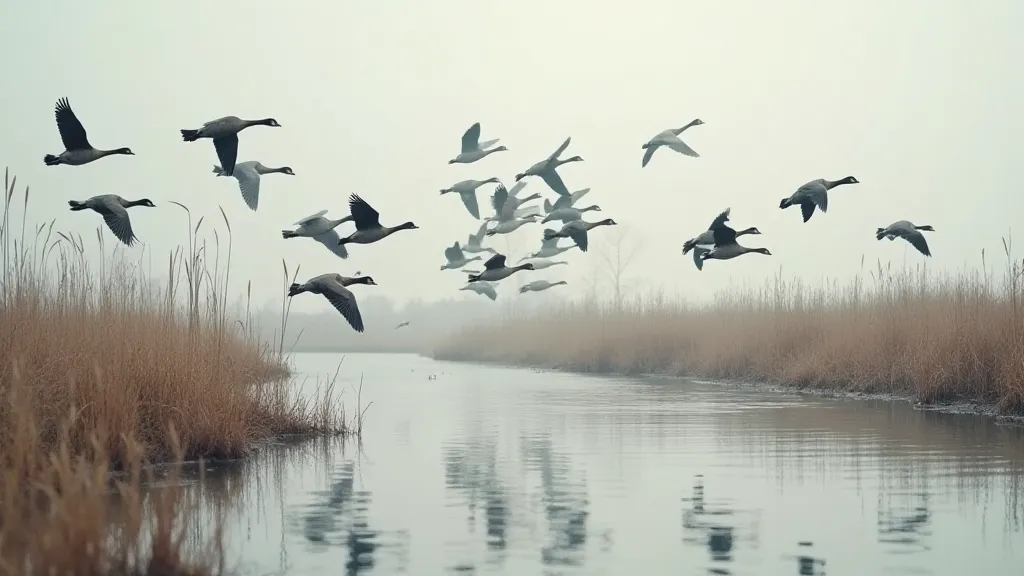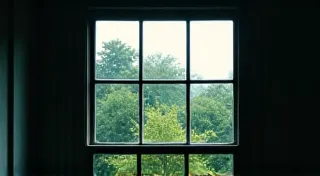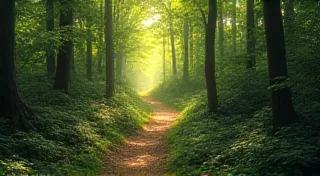Shadows of the Wing: Tracing Migration Routes Through Landscapes of Memory
There's a peculiar solace in watching birds depart. Not a sadness, precisely, but a recognition of shared journeys, a quiet understanding of impermanence etched into the sky. I remember my grandmother, a woman who carried the weight of displacement in her eyes, would sit on her porch, watching the Canada Geese wheel overhead, their V-formation a stark geometry against the autumnal haze. She didn’t speak much about the past, about the land she’s left behind, but I sensed a mirroring there, a kinship between her own journey and theirs. They were going somewhere; she remembered where she came from.
Migration isn’t merely a biological imperative; it’s a poetry of movement, a dance between instinct and environment. Each spring, billions of birds embark on journeys that span continents, crossing oceans and navigating landscapes unfamiliar to previous generations. They are driven by the rhythm of the seasons, the promise of abundance, and an ancient, ingrained sense of direction. Consider the tiny Ruby-crowned Kinglet, weighing less than an ounce, yet completing a migration cycle that can cover thousands of miles. Their ability to find their way is still a subject of intense scientific study, a testament to the marvels hidden within the natural world. It's humbling to consider such fragile creatures undertaking feats of endurance that rival human exploration.
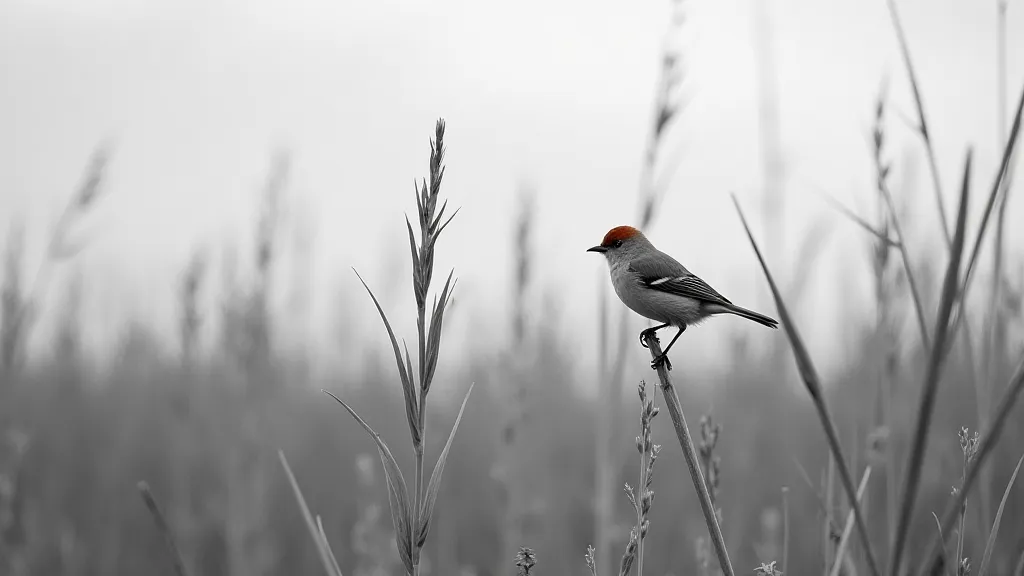
Echoes of the Past: Landscapes and Loss
My own childhood was punctuated by these avian departures. We lived in a small town nestled amongst rolling hills, a place where the arrival and departure of migratory birds marked the passage of time more reliably than any calendar. The Bobwhite's whistling call, the Mourning Dove’s plaintive coo – these were the sounds of my youth, interwoven with stories my grandfather would tell, stories about the land before it was divided and settled. He spoke of vast, unbroken prairies teeming with life, a landscape almost unimaginable today. The birds, he said, remembered. They carried the memory of the wildness in their wings.
It's a poignant thought – that these creatures, seemingly so oblivious to human concerns, are, in a way, custodians of history, flying over the scars of our interventions, bearing witness to the changes we inflict upon the Earth. The decline in many migratory bird populations is a stark reminder of the fragility of ecosystems and the consequences of habitat loss. It’s not just about losing a bird; it's about losing a thread in the intricate tapestry of life, a silent testament to our impact.
The Craft of Remembrance: Antique Accordions and Lost Melodies
There's a parallel, I’ve realized, between the journeys of migratory birds and the preservation of forgotten crafts. My uncle, a meticulous restorer of antique accordions, embodies this connection. He spends countless hours painstakingly bringing these instruments back to life, each repair a labor of love, each bellows re-sealed a whisper of a past era. Accordions, like migratory birds, carry history. They’ve accompanied celebrations, mournful processions, and countless stories told through music. The intricate mechanisms, the hand-carved details, the resonance of the reeds – all speak of a time when craftsmanship was revered and music was an integral part of everyday life.
He speaks of the accordions with a reverence that mirrors my own fascination with birds. He understands that he's not simply repairing an object; he’s preserving a memory, a tradition, a piece of the human spirit. "Each one," he says, carefully examining a cracked reed, "has a song waiting to be released again." Like watching a flock of geese ascend, a restored accordion’s first notes are a revelation, a resurrection of something lost.
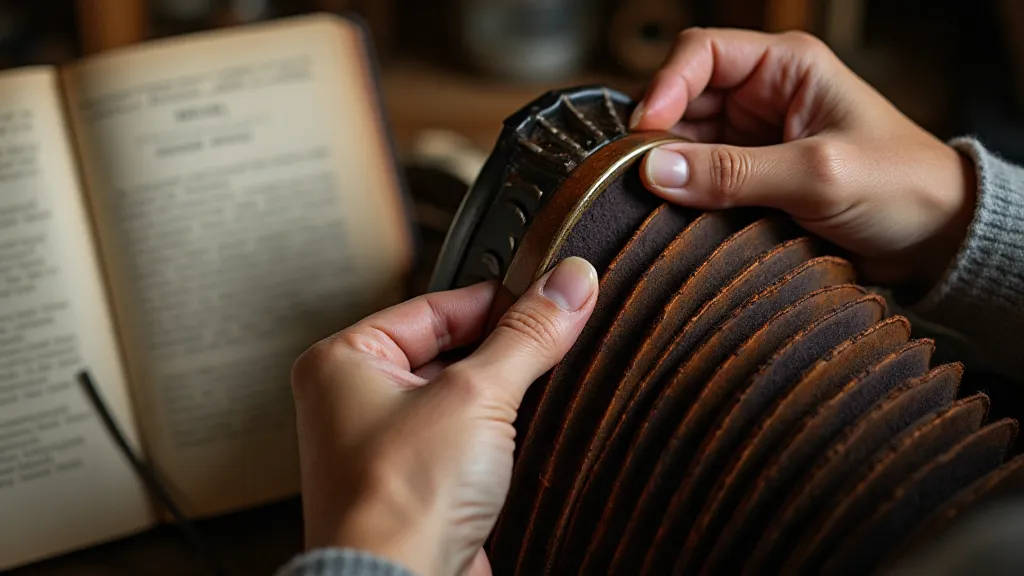
Tracing the Routes: Observation and Identification
For those drawn to observe these transient travelers, the pursuit of birdwatching offers a profound connection to nature. It’s a deceptively simple act – looking up, listening, learning to distinguish one call from another. A field guide becomes a key to unlocking the mysteries of the sky, a tool for deciphering the language of the wild. But it’s more than just identification; it's about developing a sense of place, an appreciation for the subtle shifts in the landscape, a keen eye for detail.
The early mornings are often the most rewarding – the air still crisp, the light soft, the birds actively feeding and communicating. Learning to recognize migratory patterns—knowing which species to expect at what time of year—adds another layer of understanding. Even a brief glimpse of a Scarlet Tanager flashing through the trees or the distinctive call of a Wood Thrush can leave a lasting impression, a moment of pure connection to the natural world. And for those eager to delve deeper, there are citizen science projects that provide opportunities to contribute to vital research efforts, tracking bird movements and contributing to conservation initiatives.
The Fragility of Moments: A Lasting Impression
The ephemeral nature of bird migration is what makes it so captivating. The fleeting glimpses, the sudden departures, the knowledge that these travelers will soon be gone—it all underscores the fragility of moments, the importance of appreciating the present. Just as my grandmother found solace in watching the Canada Geese, we can find a sense of peace in acknowledging the cyclical nature of life, the inevitability of change.
There’s a beauty in the melancholy, a quiet dignity in the acceptance of impermanence. To witness a flock of birds taking flight, disappearing into the vastness of the sky, is to be reminded of the interconnectedness of all things, the profound mysteries that surround us, and the enduring power of the natural world. Like the echoes of a beloved accordion’s melody or the remembered scent of a lost landscape, the image of migrating birds remains, a poignant reminder of journeys taken and memories cherished. The shadows of their wings linger, a testament to the enduring power of flight, and the quiet beauty of letting go.
